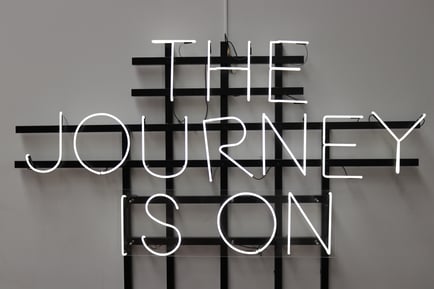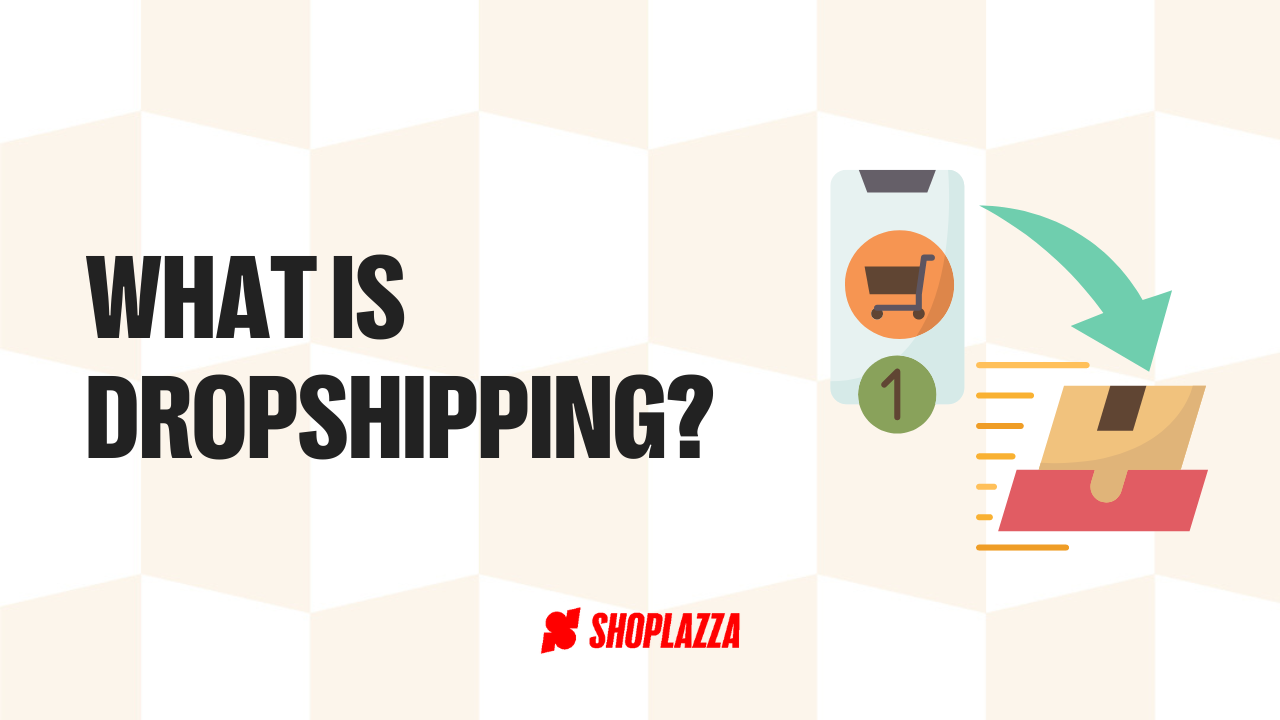Estimated time to read: 7 minutes.
The customer journey map allows your organization to visualize all the points of contact with its customers. After all, isn't there a better way to understand our customers than to see the world through their eyes? This mapping therefore includes the various stages carried out with your business or outside your business throughout your customer's journey.
Table of content:
- What is a customer journey map?
- Why you should use a customer journey map?
- The components of the customer journey map
- Identify the main customer segments
- Define your user stories in advance
- List the contact points
- Here's some tools to create stunning customer journey maps
- Conclusion
What is a customer journey map?
The customer journey map is a graphical representation of the customer experience on a timeline, distinguishing positive experiences from negative experiences at each of the touch points. How do our customers want to be talked to? What do they think, feel, see, hear and do? This mapping is useful for answering these questions and providing personalized and relevant experiences with measurable impacts. It is sort of a snapshot of the current situation that provides insight into the situation and therefore a better understanding of the customer experience.

Why you should use a customer journey map?
Mapping the journey creates a common understanding across the organization of how an individual interacts during the different stages of the customer lifecycle. It also makes it possible to visualize and better define the roles and responsibilities of the various teams responsible for dealing with customers (after-sales service, sales, marketing, communication, staff at points of sale, digital project team, community management, etc.)
In addition, maps promote empathy and collaboration between teams, because employees know the goals and missions of everyone in the company It helps you develop a unified feeling about the customer relationship, which ultimately leads to a culture centered on the client. Everyone works with a common vision.
Your journey mapping also influences your journey analyzes across the organization. So, for example, this mapping determines what you ask, who you ask, when you ask, why, and how you ask questions in your Voice of the Customer or VOC program.
And finally, this mapping allows you to optimize your customer journey, which is a real business issue. Creating a successful 1-to-Z customer experience is key to maximizing your retention and buyer satisfaction.
The components of the customer journey map
Thus, it illustrates the steps your customers take to engage with your business, whether it is a product, an online experience, a retail experience, a service or any other combination. Well-developed, this map will allow you to establish the problems in your customer journey and to focus your efforts on solutions that will generate the most value for your customers. It also suggests observing the links between your different departments and their contributions while defining the responsibilities of each. In short, it reveals the most significant opportunities to create a better experience.
Your card should include these 5 elements:
- The personas
- A timeline
- Contact points
- The emotions
- Your resources
Identify the main customer segments
Once you've built a cross-functional team, ask the marketing teams to list key customer segments (personae). Each of these segments is more than likely to have a different customer journey. Obviously, if you are only targeting a very specific customer profile, segmentation is unnecessary. But otherwise, you will have to map the customer journey specific to each of the segments.
Define your user stories in advance
Next is the collection of what are called "user stories", which are the thoughts and feelings of customers when they take a specific action.
These must be established for each phase, and each of them involves a point of contact with the company (mobile, call center, customer service, etc.).
Also, for each phase, we will award both “pain points”, but also actions that generate a good customer experience.
To define user stories, the questions to ask are:
- How does the customer interact with us at this stage?
- What does the customer expect / want to know at this stage?
- How does the client feel at this point in the process?
For example, when a prospect is about to buy, you should ask yourself:
- What is the preferred payment method that gives her a sense of security?
- Do we have it?
- Is it clearly communicated?
The richer the data collection, the more relevant the user stories will be at this stage of building the customer journey.

List the contact points
Once your segments are identified, you need to update the touchpoints for each of the segments. How do A-segment customers usually interact with your brand, which channels do they prioritize, what are the milestones in their buying journey, which channels do they use to contact you? You need to do this thinking for all segments.
It's up to you whether you want to focus on the pre-purchase customer journey, the post-purchase journey, or whether you want to tackle both at the same time.
Among the touchpoints, there are those over which you have control, and those over which you do not. There are two that you can easily trace, and the ones that are complicated. If, for example, your business is advertising on billboards, it is difficult to track interactions, even if you are using customer questionnaires.
Digital touchpoints are for obvious reasons the easiest to control and trace. This is the reason why you must start with them. Ask your marketing team about the top of the conversion funnel (the “Awareness” phase), ask them what links bring visitors to the site, how they first heard about the brand, etc... For the post-purchase stages, ask customer service and Customer Success Managers about the points of contact and the feedback they were able to collect. The Products team can provide you with valuable information on customer behavior at different stages of the purchase or use journey.
If you are missing some information, feel free to ask your customers for it directly - through satisfaction surveys. Do not spend too long on this step either. Also use your intuition and tell yourself that you can always refine the reconstruction of customer journeys over time.
Here's some tools to create stunning customer journey maps
- Adobe XD: It allows you to create these animations, transition effects and micro-animations right from the model stage. More than that, Adobe XD also allows you to set up navigation between the different interfaces of the application or website.
- Sketch: Developed by the Bohemian Coding Company, the Sketch Editor was designed as an illustration-oriented vector editor. This tool quickly met with success with graphic designers and web designers who, since its creation in 2010, have widely adopted it. Its clean interface convinced them. Sketch has replaced Photoshop, which is a photo editing tool, more than a web design tool.
- Omnigraffle: Created by OmniGroup is a graphics tool that can be used for everything from wireframe to interior design. With this tool, users can create precise and neat customer journey maps that can then be shared with their colleagues. Anyone, whether they are professional artists, designers, casual cartographers, or new to diagrams, can use OmniGraffle. What makes OmniGraffle exceptional is how easy it is to start.
- UX: Invented in the 1990s by academic Donald Norman, UX aims to include users in product design and development. Thus, according to another definition of user experience, the latter includes “all the aspects related to the way in which people use an interactive product: the feeling of the product in their hands, the understanding of its operation, the feeling during the use, the fulfillment of their goals but also its adequacy with the global context in which they use it”.
- Custellence: It is a very intuitive customer journey mapping tool. Easily create and share customer cards with your team to encourage engagement and cross-functional teamwork. This tool helps you become more customer centric.
Conclusion
The customer journey is the study of the customer's behavior during the stages he will have to go through during his purchasing process. To achieve its representation, it is always preferable to create a specific customer journey map, according to the characteristics of the company and its expectations.
Several criteria come into play in establishing this course, and nothing should be overlooked as a result. Therefore, this journey must be perfectly aligned with the image of the company, allowing it to optimize the user experience as much as possible.
Stay tuned with SHOPLAZZA blog!


